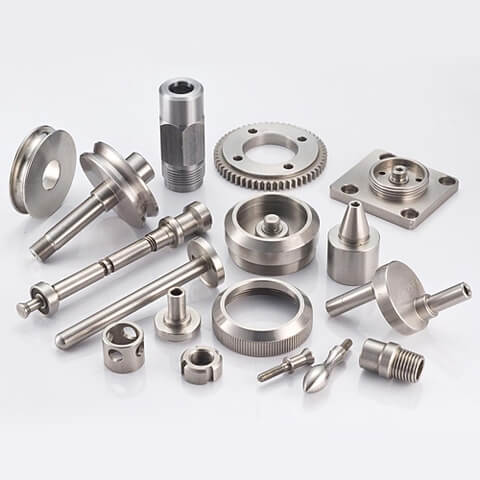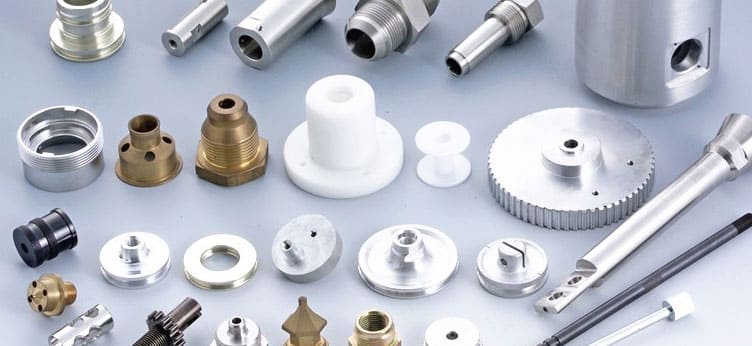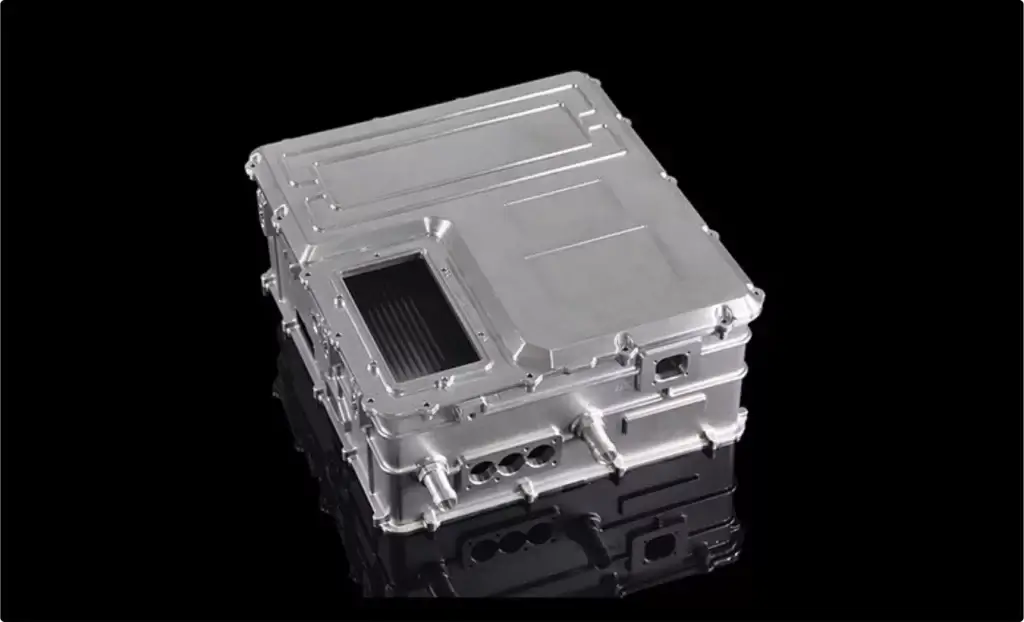Understanding the Basics of CNC Machining
CNC machining, or Computer Numerical Control machining, is a manufacturing process that utilizes computerized controls to operate and manipulate machine tools. This technology has revolutionized the manufacturing industry, allowing for increased precision, efficiency, and productivity. Understanding the basics of CNC machining is crucial for anyone looking to achieve success in this field.
Factors for successful CNC machining
One of the key factors is a good understanding of the machine itself. CNC machines are complex devices that require careful calibration and programming. In addition to being familiar with the machine’s spindle, tooling, and fixtures, understanding the machine’s capabilities and limitations is essential to optimizing its performance.

Another important aspect is the ability to read and understand technical drawings. CNC machines operate according to instructions provided by computer programs. These programs are created using CAD (Computer Aided Design) software and are usually generated from technical drawings. Being able to understand and interpret these drawings is essential to accurately program the machine and produce the desired parts.
Programming is a fundamental skill in CNC machining. It involves writing a series of instructions that tell the machine how to move and operate. CNC machines use a programming language called G-code, which consists of a series of commands and parameters. Learning how to write and edit G-code is essential for creating efficient and accurate programs. Additionally, understanding the different types of programming, such as 2D and 3D programming, is crucial for tackling a wide range of machining tasks.

In addition to programming, tool selection and optimization play a significant role in CNC machining success. Choosing the right tools for a specific job is essential for achieving the desired results. Factors such as material type, cutting speed, and feed rate must be considered when selecting tools. Additionally, regularly inspecting and maintaining tools is crucial for ensuring their longevity and performance.
Quality control is another critical aspect of CNC machining success. CNC machines are capable of producing parts with exceptional precision, but it is essential to verify the accuracy and quality of the finished products. This can be done through various inspection techniques, such as using measuring instruments like calipers and micrometers. Implementing a robust quality control process helps identify and rectify any issues early on, ensuring that only high-quality parts are produced.
Lastly, continuous learning and staying updated with the latest advancements in CNC machining technology are vital for achieving long-term success. The field of CNC machining is constantly evolving, with new techniques, tools, and software being developed regularly. Keeping up with these advancements allows machinists to stay competitive and take advantage of the latest innovations to improve their processes and outcomes.

In conclusion
understanding the basics of CNC machining is crucial for achieving success in this field. Familiarizing oneself with the machine, reading and interpreting technical drawings, mastering programming, selecting and optimizing tools, implementing quality control measures, and staying updated with advancements are all key factors in CNC machining success. By honing these skills and continuously improving, machinists can unlock the full potential of CNC machining and achieve exceptional results.
